Building Safety: New dutyholder responsibilities explained
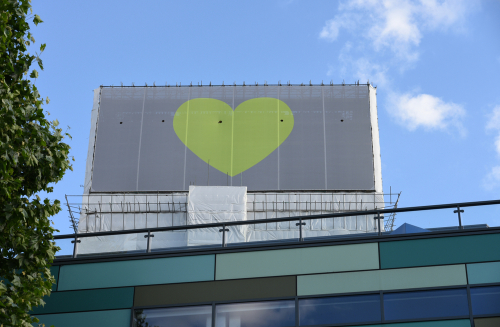
Many in our sector will be familiar with the dutyholder responsibilities under the CDM Regulations 2015 (Construction Design and Management).
These are set out clearly on the HSE website which provides a list of CDM dutyholders: clients, designers, principal designers, principal contractors, contractors and workers.
ECA will continue to keep its Members appraised of major developments in this area
Extending the duties
Even so, in 2022 we are set to see a significant extension of duties under new building safety regulations, which will have wide application across construction and maintenance. Significantly, the upcoming changes will apply far beyond buildings covered by the Building (Higher-Risk Buildings) Regulations 2022, since they will be implemented through the competency requirements of the Building (Appointment of Persons, Industry Competence and Dutyholders) Regulations 2021. The dutyholder and competency requirements in the draft 2021 regulations apply to virtually all notifiable building activity.
The updated regulations are designed to drive behavioural change
While the Building (Appointment of Persons, Industry Competence and Dutyholders) Regulations 2021 are still in draft form, they are due to be introduced later this year, in line with the forthcoming Building Safety Act. Because of their wide application, all engineering services businesses need to understand the proposed competency duties along with the other regulations that will support the new Act.
The new dutyholder responsibilities arise mainly from Dame Judith Hackitt’s post-Grenfell Tower fire review. They reflect the pressing need for a substantial change in attitudes to, and behaviours around, responsibility for delivering buildings that will meet new regulatory requirements.
The updated responsibilities for building safety dutyholders naturally include, but go beyond, the assurance of skills and knowledge needed to carry out work. Similarly, they complement, but are not the same as, the dutyholder roles under CDM 2015.
For example, while a CDM Principal Contractor role appear similar in some ways to a Building Safety Principal Contractor role, the former is meant to deliver building project safety while the latter is meant to deliver a building that is safe to occupy. All the new building safety dutyholders will be legally required to adopt and promote new behaviours across the construction industry.
Electrical contractors may well find that their business carries some of the new responsibilities
Demonstrating behaviours
The draft Building (Appointment of Persons, Industry Competence and Dutyholders) Regulations 2021 state that, where one dutyholder appoints ‘any person’ to carry out any design or building work, they must ‘take all reasonable steps’ to ensure that person fulfils the competence requirements in the legislation. The term ‘competence’ here has broad implications. A person carrying out building or design work must not only have the skills and experience to carry out the work, but also demonstrate a set of required ‘behaviours’.
New ‘behaviours’ required in the draft 2021 regulations include refusing to carry out any building work that is not in compliance with relevant requirements, or to provide any design work that would not be in line with regulations.
As such, the updated regulations are designed to drive behavioural change just as much as requiring practical skills, knowledge and experience (SKE). And if the ‘person’ appointed is an organisation or business then that business must have the management policies, procedures, systems and resources in place to ensure that individuals under its control are themselves competent to carry out what is required to ensure building safety, and particularly fire safety.
One example of this is that a contractor must provide each worker under their control with ‘appropriate supervision, instructions and information so as to ensure that the building work is in compliance with all relevant requirements (of building regulation)’. Good communication and training across the whole project team will be key to achieving compliance with this aspect of the regulations.
Additionally, all dutyholders under the new regulations will have to ‘take all reasonable steps to ensure the work carried out by them is planned, managed and monitored so as to be in compliance with all the relevant requirements.” Each dutyholder will also have further specific duties aligned to creating a cooperative approach and requiring effective communication.
All this will be in addition to any dutyholder roles held by a business under CDM 2015, to ensure a safely delivered project or other building work.
What does this mean for the electrical sector?
Electrical and other engineering contractors who may be involved in elements of design work as well as contracting, may well find that their business carries some of the new dutyholder responsibilities. There should be no doubt that the new regulations will impact the requirement for Professional Indemnity Insurance - something that businesses will need to prepare for as soon as possible.
ECA will continue to keep its Members appraised of what are expected to be major developments in this area, and a further ECAtoday article will explore the new building dutyholder roles in more detail. We will also explain how ECA will help Members to prepare for the new requirements, so that they play a positive role in improving building safety behaviours across our industry.
New terms
There are now several terms being used in current and draft legislation which denote different areas of responsibility. To summarise some different meanings:
Dutyholders
This term denotes several key roles in a project, such as client, principal designer, designers, principal contractor and contractors. In addition to CDM 2015 dutyholder roles (see link), there will be additional building safety dutyholder roles with the same titles (but complementary overall aims) as above.
www.hse.gov.uk/construction/cdm/2015/summary.htm
Accountable Person
The Building Safety Bill identifies new dutyholders as ‘Accountable Persons’ (APs) for residential high-rise buildings (HRBs). They are the person or organisation who owns or has responsibility for the building. They must take ‘all reasonable steps’ to prevent building safety risk such as fire or structural failure, and to reduce the seriousness of the incident if one occurs.
Are you up to date with ECAtoday?
ECAtoday is the official online magazine of ECA and reaches thousands of people within the electrotechnical and engineering services industry.




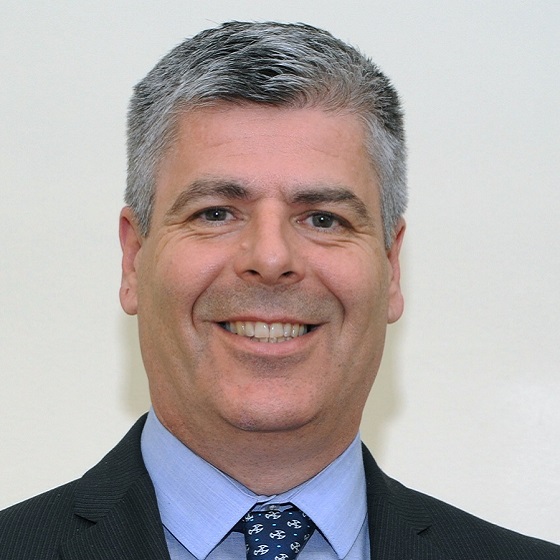


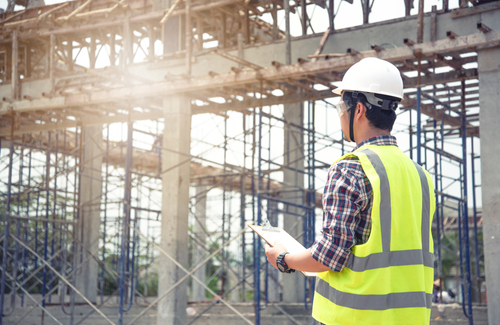
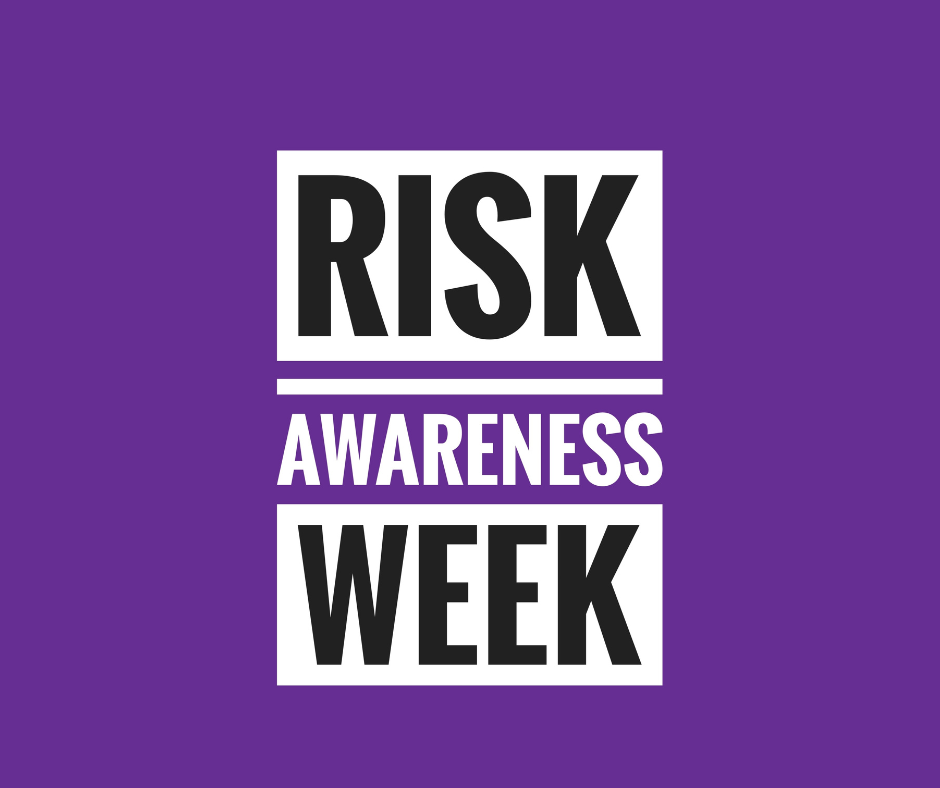
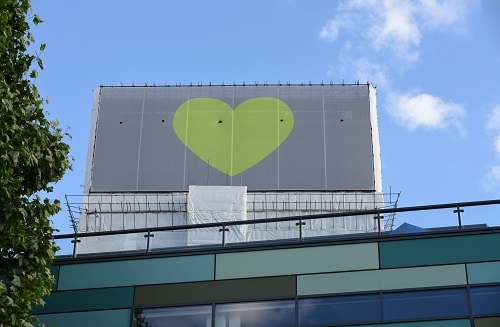

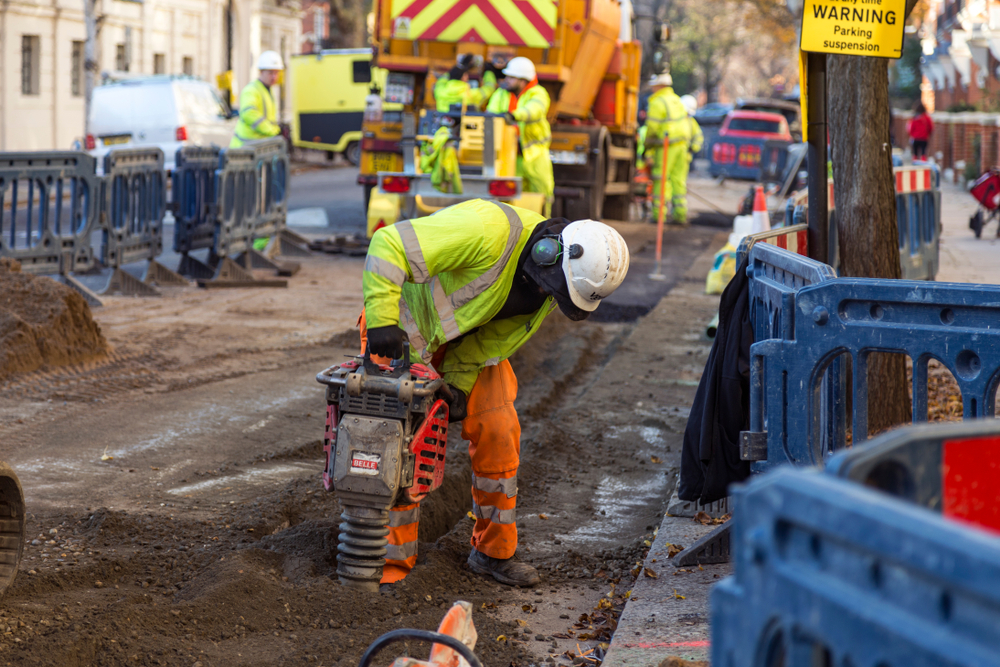
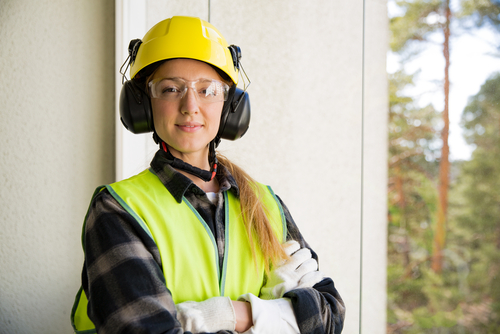
.jpg?ext=.jpg)
.jpg?ext=.jpg)
